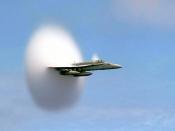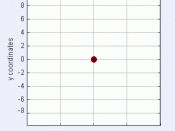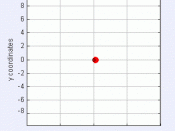By looking at the wake of a boat it helps you understand how sonic booms occur.
If you toss a pebble in a pond, little waves will form in concentric circles and move away from the point of impact. If a boat travels through the pond at 5 to 8 kilometers per hour, little waves will move away in the same way both ahead of and behind the boat, and the boat will travel through them.
If a boat travels faster than the waves can move through the water, then the waves "can't get out of the way" of the boat fast enough, and they form a wake. A wake is a larger single wave. It is formed out of all the little waves that would have moved ahead of the boat.
When an airplane travels through the air, it produces sound waves. If the plane is traveling slower than the speed of sound (the speed of sound varies, but 1200kph is usual at sea level), then sound waves can move ahead of the plane.
If the plane breaks the sound barrier and flies faster than the speed of sound, it produces a sonic boom when it flies past. The boom is the "wake" of the plane's sound waves. All of the sound waves that would have normally moved ahead of the plane are combined together so at first you hear nothing, and then you hear the boom that's created.
It is just like being on the shore of a smooth lake when a boat speeds past. There is no disturbance in the water as the boat comes by, but eventually a large wave from the wake rolls onto shore. When a plane flies past at supersonic speeds the exact same thing happens, but instead of the large wave, you...


